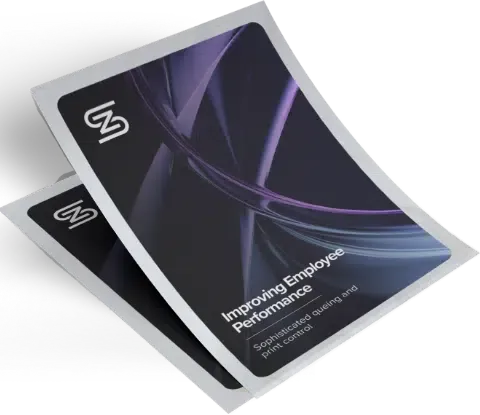Introduction
In this week’s post, I wanted to tackle a question that I was asked last week when talking to an industry colleague. The question was ‘Why did you choose to build ZenSmart using an open systems philosophy rather than a closed proprietary build”. The answer is both philosophical as well as technical, so it was a good prompt to talk a bit about it
Exploring Open Ecosystems
In selecting a design pattern – there was no question that we were always going to head down an open approach. Our vision for the ZenSmart system has always been that firstly it’s a platform and secondly it’s ‘your platform’. So what that means is that by its very nature ZenSmart has to be an open design, you have to be able to chart your own course, use your own resources to plug ZenSmart into your world rather than be constricted by a proprietary, closed system where you are dependent on someone else providing the services to connect to other systems and machines.
An open ecosystem in production management is characterized by its ability to integrate with a variety of external systems and technologies. This openness is designed to achieve seamless interaction with different machinery, order sources, logistics providers, and even bespoke internal software. It allows for the integration of external modules, making the system adaptable and future-proof.
The Closed System alternative
Conversely, closed ecosystems operate within a limited framework, primarily interacting with predefined data formats and internal processes. Their primary advantage is because they rigidly control ‘their’ world they can offer a streamlined and controlled environment. That advantage however has a downside in that Closed Systems lack the scalability and adaptability of open systems, often resulting in slower development and response to industry changes. Additionally you are frequently tied to a specific vendor for any additional professional services requirements and should your facility expand to other product lines or even printer types, your workflow system becomes unusable.
Summarizing: The Advantages of Open Platforms
- Flexibility: Open systems can easily adapt to new technologies and external integrations, making them ideal for evolving business needs.
- Customization: They offer the ability to tailor solutions to specific operational requirements, enhancing efficiency and productivity.
- Innovation-friendly: Open ecosystems encourage innovation, as they allow for quick adoption and integration of the latest technologies.
ZenSmart: How an Open System approach is applied
ZenSmart implements the open ecosystem approach on multiple levels. Firstly the platform sits on Open Systems components. Without getting too technical, the tools used to build the software are all “Open Source” and readily available, swappable and maintained by communities that understand them in intimate detail, and secondly the software is built with a RESTful API architecture, which defines a clear set of rules that define how applications or devices can connect to and communicate with it and each other. This means that ZenSmart enables both manual and automated interactions, accommodating a large range of operational needs. The API is richly documented and freely available, allowing for flexible extensibility of the platform both by the ZenSmart developer team as well as in-house IT. This approach allows ZenSmart to not just work effectively with existing systems but also to evolve alongside new technologies and industry demands.
Conclusion
ZenSmart’s open nature means it can effortlessly integrate with various printers, RIPs, finishing equipment, and existing software systems regardless of ecosystem and vendor. It can adapt to diverse file formats and workflows, providing clients with a tailored solution that grows with their business.
Our view is an open approach offers key advantages, makes your life easier and delivers the outcomes that you are seeking at a lower cost, all while planning for the future. All critically important outputs in today’s ever-changing print-on-demand landscape.
Learn More About Open Systems
To understand how an open system like ZenSmart can enhance your production management capabilities, visit https://zensmart.ai for more insights and personalized advice.




